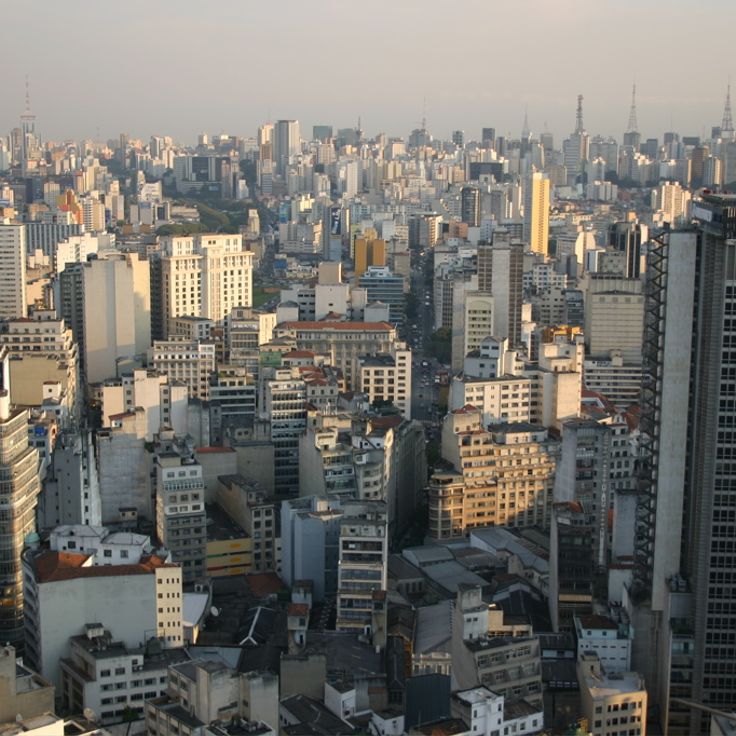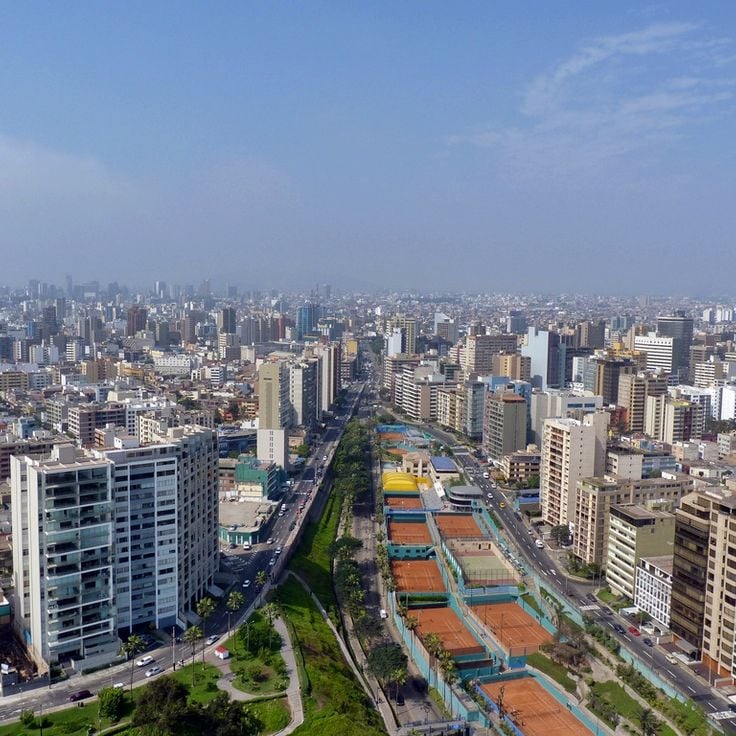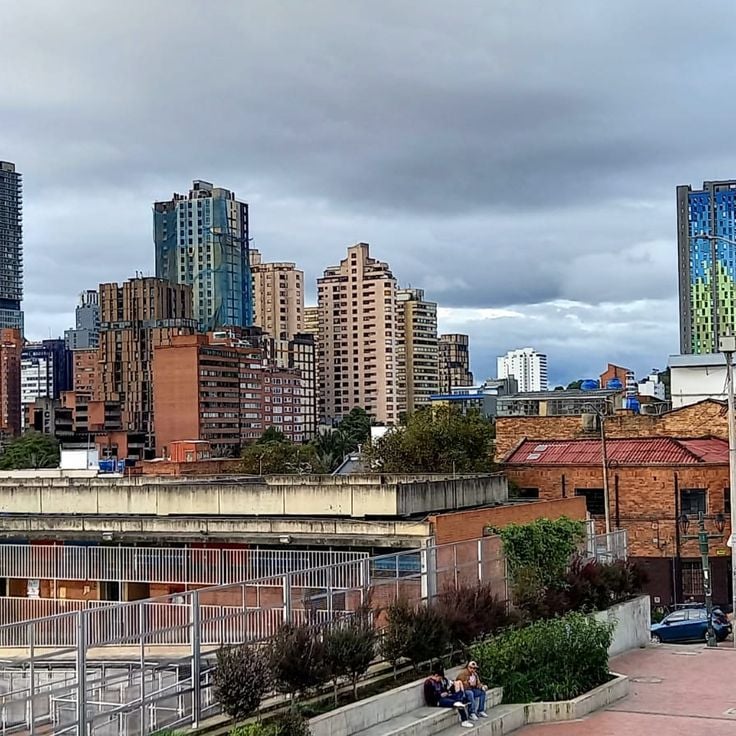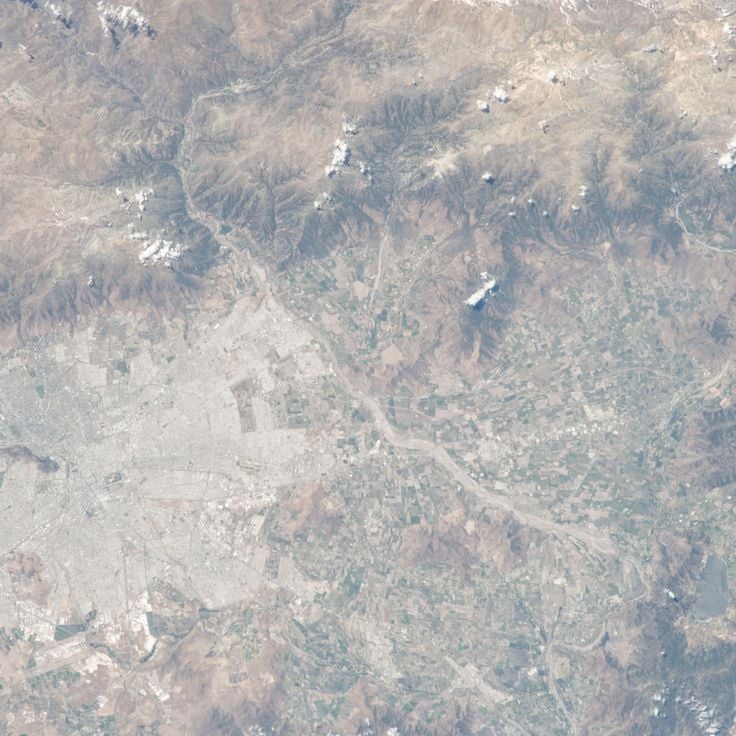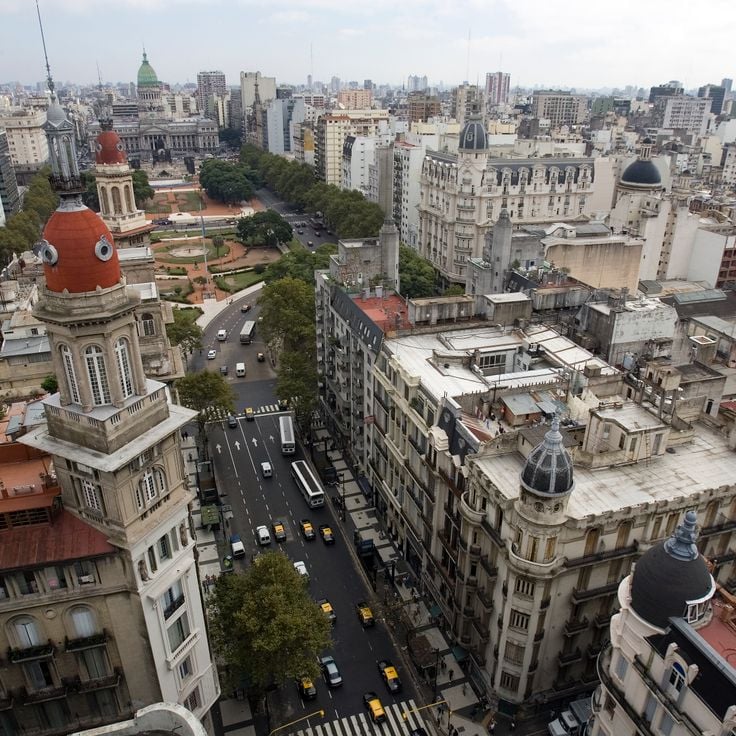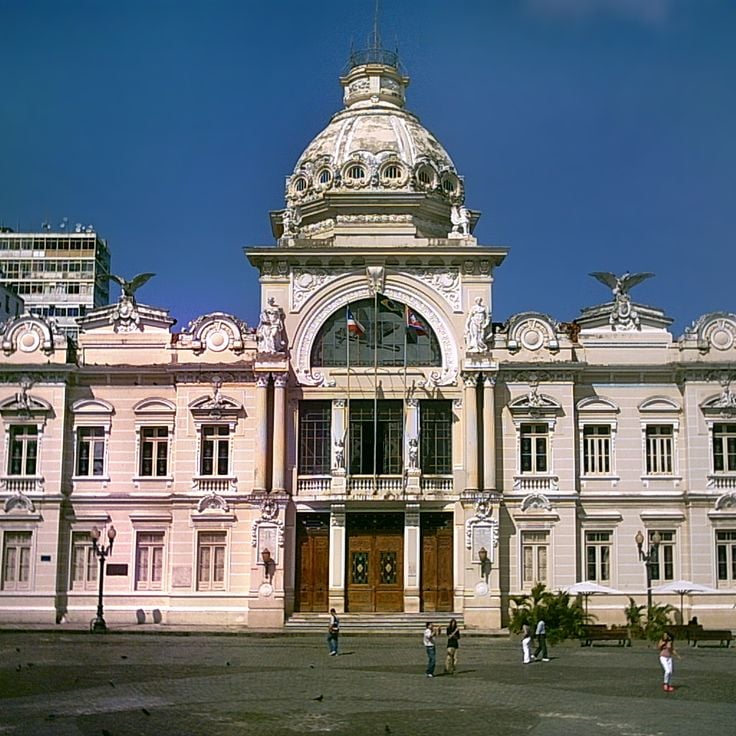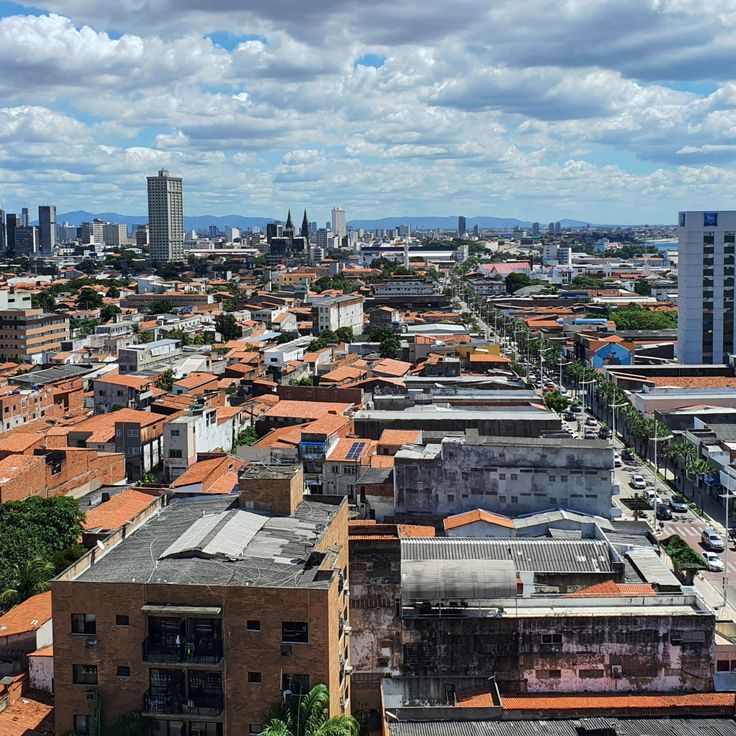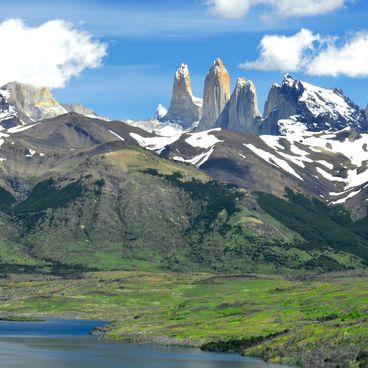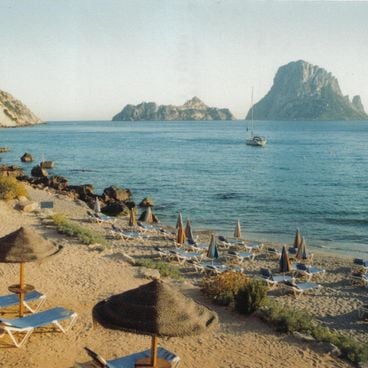This collection features the ten most populous cities in South America, which account for more than half of the continent's population. São Paulo leads with 12 million inhabitants and serves as Brazil's economic hub, while Lima extends along the Pacific coast and Bogotá develops at 2620 meters above sea level in the Colombian Andes. Buenos Aires, Argentine capital known for its cuisine, borders Rio de Janeiro with its beaches lined by hills, and Santiago, nestled at the foot of the Andes. These large cities are the main political, economic, and cultural centers of their respective countries. Brazil alone has five metropolises in this ranking, including Brasília, the federal capital known for its modern architecture, as well as the coastal cities of Salvador and Fortaleza in the northeast of the country. Caracas in Venezuela and Lima in Peru complete this panorama of South American urban geography, each offering a different face of city development on the continent.
São Paulo stands as Brazil's most populous city and the largest in South America, with over 12 million residents within its municipal boundaries. This metropolis serves as the country's primary economic center, concentrating a substantial portion of industrial production, banking operations, and commercial activities. The city spans an extensive urban area in São Paulo State and forms one of the largest metropolitan regions in the Western Hemisphere.
Lima is the capital of Peru, located on the central Pacific coast of the country. The metropolis was founded in 1535 by Francisco Pizarro and became the administrative center of the Spanish Viceroyalty of Peru. With over 9 million inhabitants in its metropolitan area, Lima represents the second largest city in South America. The historic center is a UNESCO World Heritage Site, preserving colonial architecture from the 16th and 17th centuries. Lima serves as the economic, political, and cultural center of the country.
Bogotá is the capital of Colombia, located at an elevation of 2,620 meters in the Andes. The city spreads across a high plateau at the base of the Cerros Orientales mountain range and houses over 8 million people in its metropolitan area. As the political, economic, and cultural center of the country, Bogotá combines colonial architecture in the historic La Candelaria neighborhood with modern business districts. The city features numerous museums, including the Gold Museum with pre-Columbian collections, and maintains an extensive network of bicycle paths.
Rio de Janeiro is Brazil's second largest city, situated between the Atlantic Ocean and the forested mountains of the Serra do Mar. The metropolis occupies a natural bay lined with numerous beaches including Copacabana and Ipanema. The city contains Sugarloaf Mountain, a 396-meter granite peak, and the Christ the Redeemer statue atop Corcovado. The historic center preserves colonial architecture and cultural institutions. Rio de Janeiro hosted the 2016 Summer Olympic Games and maintains an extensive transportation network and significant business districts. Tropical vegetation characterizes the urban landscape alongside modern residential and commercial development.
Santiago is the capital of Chile, located in a valley at the foot of the Andes mountains at approximately 500 meters elevation. The metropolitan area has over seven million inhabitants and serves as the political, economic, and cultural center of the country. The city stretches between the coastal mountains to the west and the Andean peaks to the east, which are often snow-capped during winter. Santiago features a modern metro system, numerous museums, theaters, and universities. The historic center clusters around Plaza de Armas with the cathedral and the presidential palace La Moneda.
Caracas is the capital of Venezuela and sits in a mountain valley of the Cordillera de la Costa at approximately 900 meters elevation. The city extends several kilometers along the Guaire River and houses over 2 million residents in its urban area. As the economic and administrative center of the country, Caracas concentrates the main government institutions, corporate headquarters, and financial establishments. The city contains several universities, theaters, and museums, including the Teresa Carreño Cultural Complex. The historic center preserves colonial buildings from the 16th and 17th centuries.
Buenos Aires is the capital of Argentina and ranks among South America's largest cities, with over 15 million inhabitants in its metropolitan area. The city sits on the Río de la Plata and serves as the country's economic, political, and cultural center. Buenos Aires displays European-influenced architecture resulting from massive immigration from Spain and Italy during the 19th and 20th centuries. The metropolis houses numerous theaters, museums, and cultural institutions, along with a diverse gastronomic scene featuring restaurants and parillas recognized for their beef dishes.
Salvador is the capital of Bahia state and ranks among Brazil's largest cities. The city sits on All Saints Bay along the Atlantic Ocean, covering an area with beaches, hills, and a historic center. Founded in 1549, Salvador served as the first capital of colonial Brazil under Portuguese rule. The city contains numerous churches and colonial buildings from the Portuguese period. The Pelourinho district displays colonial architecture with colored facades and cobblestone streets. Salvador functions as a major center of Afro-Brazilian culture, with traditions including Candomblé, Capoeira, and regional cuisine. The port plays an important role in the region's trade and economy.
Brasília was inaugurated in 1960 as the new federal capital of Brazil, replacing Rio de Janeiro in this role. The city was built from scratch on a previously uninhabited plateau in the interior, following designs by architect Oscar Niemeyer and urban planner Lúcio Costa. The layout follows the shape of an airplane or bird, with administrative buildings in the center and residential areas along the wings. Notable structures include the National Congress Palace, the cathedral, and the presidential palace, all displaying 20th-century modernist architecture. The historic city center was designated a UNESCO World Heritage Site in 1987.
Fortaleza is the capital of Ceará state on the Atlantic coast of northeastern Brazil. The city extends along a 25-kilometer coastline featuring numerous sandy beaches. The historic center preserves colonial architecture, including the 17th-century Fortress of Nossa Senhora da Assunção. The Mercado Central offers regional handicrafts and local products. The city serves as an economic and cultural center for the region with a significant port. The Dragão do Mar Cultural Centre houses museums, theaters, and exhibition spaces. Fortaleza has an international airport with connections to major Brazilian cities.
